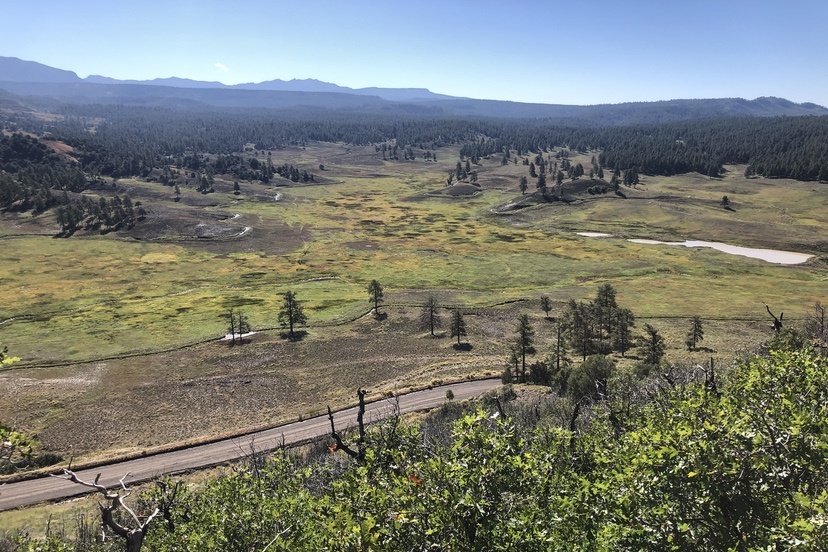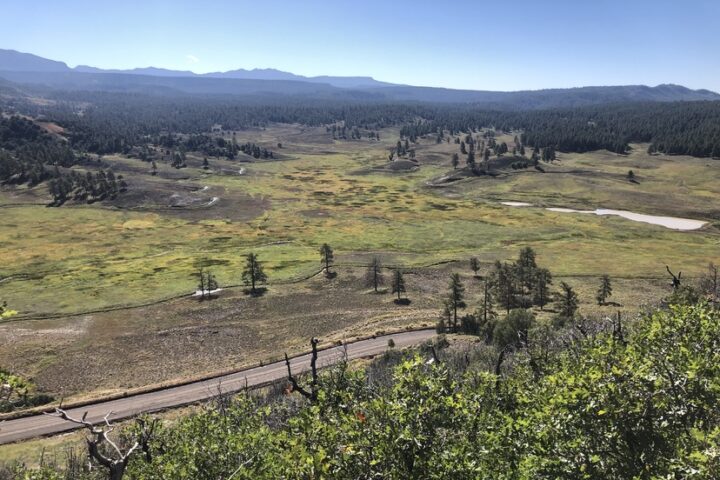I had never before made the connection between hunting season and election season, but I realized the other day that both seasons involve a similar type of activity. Of course, while a big game hunter might use a rifle in pursuit of his objective, we always hope that people involved in electoral politics avoid using guns. But both activities involve the vigorous pursuit of a sometimes elusive target.
For the candidates in an election, the pursuit necessarily entails fundraising and communication with the voters, and with November 5 still 50 days away, some of our Daily Post readers may already be weary of being on the receiving end of those two tasks.
For a few of us, government budget season also involves pursuit of a sometimes elusive target. And by “a few of us” I mean elected officials, government staff, potential consultants, business owners, local nonprofits, community activists, and journalists… knowing that a government budget defines, to a large degree, what issues will or will not be addressed in the coming year.
In Part One, I mentioned a series of meetings I attended on Tuesday, mainly as a journalist — although I also qualify as a government official, serving as a volunteer on the Pagosa Area Water and Sanitation District — PAWSD —board, and on the Pagosa Peak Open School board… and as a board member for the nonprofit Pagosa Housing Partners. Those secondary qualifications help define which annual budgets interest me most as a journalist.
We’ll hunt through a couple of sample budgets in this editorial series.
On Monday afternoon, I attended a meeting where yet another annual budget was discussed briefly. The San Juan Water Conservancy District (SJWCD) board is funded mainly by local property taxes and they published a preliminary budget this week, showing expected revenues of about $160,000 for 2025. Their tax revenue has increased substantially as a result of higher property tax valuations in Pagosa; they took in only $90,000 in 2020, for example.
You can download the draft budget here.
SJWCD was created by the area voters in 1987 to help ensure sustainable community access to drinking water, but we might note that SJWCD does not actually provide water to anyone, nor has it had much success so far ensuring long-term access to drinking water. Since about 2003, the District’s goal has been a large reservoir in the Dry Gulch valley north of downtown Pagosa. 20 years later, the District has yet to develop a coherent plan for funding the project, and as yet has no working drawings for how the reservoir would be constructed.
A 667-acre parcel — formerly known as the Running Iron Ranch — was purchased in 2008 by SJWCD and PAWSD for the proposed reservoir. Here’s a photo of the Dry Gulch valley that would be completely flooded, if the reservoir were built to the size proposed by SJWCD.
If one were feeling cynical, one could claim that SJWCD has been hunting for a reason to exist, since 1987… and that the Dry Gulch reservoir is that reason.
PAWSD later decided to remove the reservoir project from its long-range planning documents, and allowed SJWCD to manage the multi-million-dollar project — to include designing the project and finding partners to fund the project.
Disclosure: I currently serve as a volunteer member of the PAWSD Board of Directors, but this editorial represents only my own opinions, and not necessarily the opinions of the PAWSD Board or staff.
The draft SJWCD budget for 2025 shows $100,000 earmarked for Engineering/Studies/Surveys. According to the discussion on Monday, it appears that the services sought next year would include “Geotechnical Desk Survey”, “Project Manager”, “Civil Engineer Planner” and “Administrative Support”.
Within a year or two, SJWCD might have a preliminary design for the reservoir, and might be able to shop that design around to funding agencies and potential partners, in an effort to find the money to build the reservoir.
Just one problem. PAWSD customers have been burdened with making the annual payments on the $10 million borrowed in 2008 to purchase the property, and in exchange for that burden, PAWSD has the right to sell the Running Iron Ranch, if its board so desires.
The PAWSD board has indicated, in recent meetings, frustration with the failure by SJWCD to develop a workable plan for funding the reservoir project, and has lately shown an interest in selling the 667-acre parcel. Several local realtors have approached PAWSD over the past couple of years… purportedly representing wealthy buyers, and hoping to learn more about the possibility of purchasing the ranch.
So it’s possible that SJWCD will spend $100,000 in 2025, developing a design for a reservoir on the Running Iron Ranch, and then see the property sold to a wealthy buyer.
On Tuesday, I had a chance to review a draft budget for the Pagosa Springs Area Tourism Board, presented on that board’s afternoon meeting.
You can download the draft Tourism budget here.
Currently, the Tourism Board’s annual budget is funded mainly by a 4.9% Town Lodging Tax, to the tune of about $900,000 a year, and by a 1.9% Archuleta County Lodging Tax to the tune of about $550,000 a year. In exchange for that joint funding, the Town and County can each assign a representative to occupy one of the nine Board seats, and also have the right to approve all other appointments to the Board.
County Commissioner Ronnie Maez fills the County’s spot, and Town Council member Gary Williams serves on behalf of the Town.
Historically, the goal of the Tourism Board has been to increase visitation to our community, and to enhance the experience of visitors.
The budget presentation followed slightly heated discussion about an attempt by Council member Williams to undermine a Tourism Board recommendation to fill an board vacancy earlier this month… and another slightly heated discussion about a proposal by Mr. Williams to reduce the amount of Town Lodging Tax contributed to the Tourism Board… this being budget season, a time when local governments make decisions about how to allocate money for 2025.
The Archuleta Board of County Commissioners have not given any indication that they wish to reduce the County’s contribution to the Tourism Board.
This is not the first time the Town Council has discussed changing their allocation to the Tourism Board.
As we will hear, in Part Three… some of the discussion that probably caused Tourism Board members a bit of anxiety.


